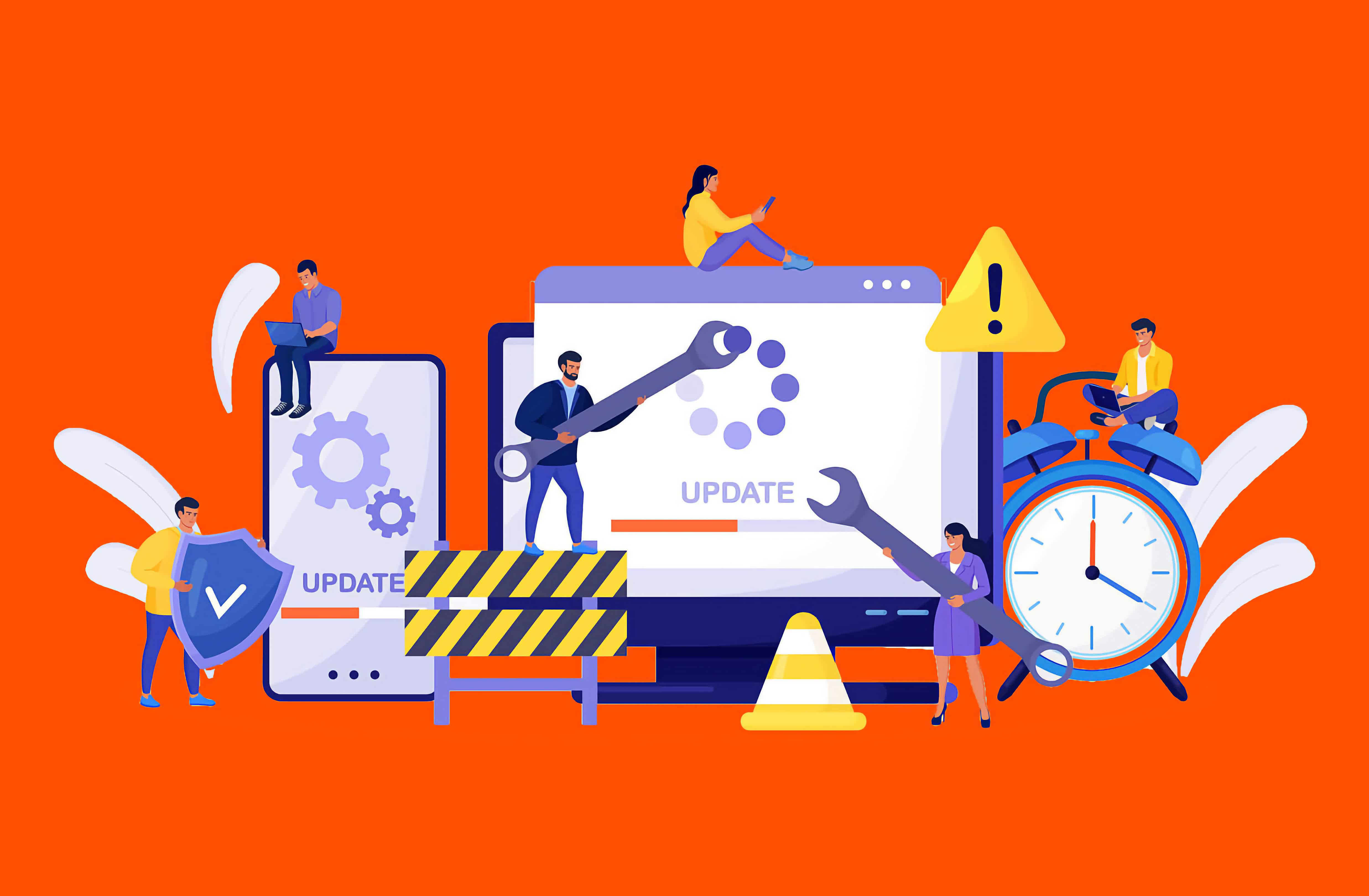您现在的位置是:杀手邻居 >>正文
Failover vs. Failback: Two Disaster Recovery Methods
杀手邻居74人已围观
简介A key distinction in the realm of disaster recovery is the one between failover and failback. Both t ...
A key distinction in the realm of disaster recovery is 关键字3the one between failover and failback. Both terms describe two sides of the same coin, complementary processes that are often brought together.
However, their effects and purposes couldn't be more different. Both play critical roles in ensuring business continuity and disaster recovery, making it essential to understand what they are and how they differ.
What is Failover?
Failover is a business continuity operation that ensures continued access to a system by fully transitioning to another instance of that system. This secondary system is designed to be resilient, ideally unaffected by the event that compromised the primary system.

Put simply, failover occurs when connectivity is switched from one system instance to another. This can happen in various ways, including:
Editor's Note:
This guest blog post was written by the staff at Pure Storage, an US-based publicly traded tech company dedicated to enterprise all-flash data storage solutions. Pure Storage keeps a very active blog, this is one of their "Purely Educational" posts that we are reprinting here with their permission.
- Switching from a primary system to a standby system
- Transitioning to a hot or cold spare
- Activating a backup system during a failure or for testing purposes
- Switching either manually or automatically
The critical point about failover is that it involves a complete migration of logical or physical access from the primary system, server, or hosting location to a secondary one.
While other processes, such as load balancing, may distribute partial connectivity between system instances or components, they do not qualify as failover because they do not represent a full cutover.
What is Failback?
Failback is the quintessential disaster recovery operation. It involves a full migration back to the production status quo – a recovery if you will – at the validated conclusion of a disaster.

Failback occurs when a system reverts back to the primary environment after the root cause of a disruption has been addressed. In practice, this looks like a failover, but in reverse. Once the primary system is restored, access is pointed to that system, and the standby is deactivated.
This reversion is a critical distinction. Some organizations may have complete standby systems for critical applications, which permit full operations on the standby system. In that case, the standby can rightfully be considered the primary and the repaired former primary the new standby.
The Role of Failover and Failback in Disaster Recovery
Failover is critical in a business continuity event because it keeps operations running. By having a system to which your business can transition when a primary system is unavailable, you're able to continue doing business. People can work, revenue streams are preserved, and customers can be served.
Without failover, these functions could grind to a halt, leading to significant disruption. Many organizations depend on technology for critical processes, and when those processes are unavailable, analog alternatives may be insufficient or entirely obsolete. Failover ensures that even in a disaster, the business keeps moving.

Failback comes into play once the need for failover ends. As the disaster is resolved, failback allows the organization to return to normal operations. Typically, failback is necessary when the standby system cannot sustain operations as effectively as the primary system. For instance, a standby system may not be a full replica of the primary system and might be designed only for temporary use during an emergency.
For mission-critical systems, some organizations may build a standby system that is a full replica of the primary. While costly, this approach mitigates the risks of diminished functionality during disasters.
The Benefits of Leveraging Both Failover and Failback
In an ideal world, every business would maintain two fully operational environments: a primary environment and an identical standby environment. This setup would allow for seamless transitions during disasters, ensuring that business operations are completely unaffected.
However, that model can effectively double an IT budget: two sets of endpoints, two sets of servers, two sets of cloud environments, two sets of data, staff to support that both in IT and business operations, etc. It's costly and inefficient for any company, to the point where no company truly maintains that support model.

Instead, most organizations opt for a failover and failback model because it balances cost and efficiency. With this approach, the standby environment is designed to sustain critical operations during a disaster, even if it's not as robust as the primary system. This makes it more economical, less work is duplicated, and the risk of data loss or impact is lower.
It's crucial to maintain a well-designed secondary environment. Cutting costs too deeply on a standby system can result in inefficiencies or financial losses if critical operations are disrupted. Striking the right balance between cost and functionality is key.
If uninterrupted business operations are essential, then a strategic failover and failback plan is not optional – it's a necessity.
Tags:
下一篇:保护数据禁止硬盘格式化
相关文章
《狮城山海》圆满收官 岳丽娜演绎“洪颜”获赞:坚韧女性触动人心
杀手邻居中国娱乐网讯www.yule.com.cn 由长信传媒、腾讯视频联合出品,郭靖宇监制并编剧,巨兴茂执导的年代传奇短剧《狮城山海》于近日在CCTV8及腾讯视频同步收官。该剧以上世纪三、四十年代南洋狮城为 ...
【杀手邻居】
阅读更多北京马术协会“骑悦”BYRS星讲堂·沙龙活动圆满结束
杀手邻居青马讯 12月11日,北京马术协会“骑悦”BYRS星讲堂·沙龙活动在北京天星调良国际马术俱乐部圆满落幕。本次活动特别邀请到中国奥运马术三项赛骑士、北京马术队运动员华天作为主讲嘉宾,活动受到北京电视台、 ...
【杀手邻居】
阅读更多国家体育总局:计划建两千个体育公园,学校体育馆向公众开放
杀手邻居如何解决人民群众健身去哪的难题?3月30日,国新办举行新闻发布会介绍构建更高水平的全民健身公共服务体系的有关情况。国家体育总局副局长李建明答记者问时表示,“十四五”期间,计划利用各类中央资金,在全国推 ...
【杀手邻居】
阅读更多